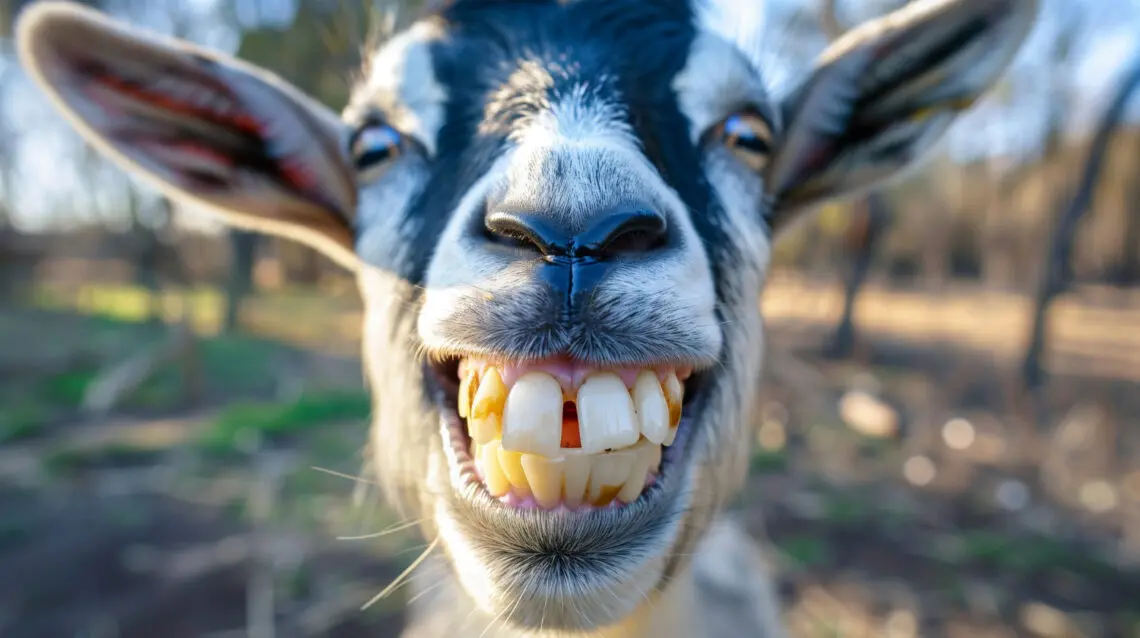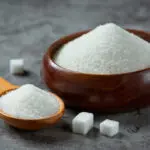The Marketing Myth vs. Biological Reality
Walk down any pet food aisle and you’ll see bags covered with pictures of corn, carrots, and sweet potatoes. The messaging is clear: your pets need these plant ingredients to be healthy. But there’s a problem with this picture—it’s based on marketing, not biology.
Here’s what the science actually tells us:
Your dog and cat are carnivores. Not omnivores. Not “opportunistic feeders.” Carnivores.
Yes, even your sweet Golden Retriever who steals apples from your counter.
Let’s Look at the Evidence: Anatomy Doesn’t Lie
The Teeth Tell the Story
Open your dog’s mouth and look at those teeth. What do you see?
- Sharp, pointed canine teeth designed for grabbing and holding prey
- Carnassial teeth (those big back teeth) that work like scissors to shear meat and crush bones
- No flat grinding molars like herbivores have for processing plants
Now compare this to a true omnivore like a bear, or an herbivore like a cow. The difference is stark. Your dog’s dental anatomy is identical to other carnivores—designed for processing meat and bones, not grinding plant matter.
Cats have an even more extreme carnivore dental structure, with fewer teeth overall and pronounced carnassial development.
The Digestive System Reveals the Truth
Here’s where it gets really interesting:
Carnivore digestive tract: Short and acidic (pH 1-2)
- Designed to quickly process meat and neutralize bacteria
- Simple stomach structure
- Short intestinal tract (3-4 times body length in dogs)
Herbivore digestive tract: Long and complex
- Multiple stomach chambers or extended fermentation areas
- Long intestinal tract (10-12 times body length)
- Less acidic environment to allow plant-digesting bacteria to thrive
Your dog’s digestive system matches the carnivore template perfectly.
The Enzyme Evidence: What Your Pet’s Body Actually Produces
This is where the marketing claims really fall apart.
Amylase: The Plant-Digesting Enzyme
True omnivores like humans produce amylase in their saliva. This enzyme is crucial for breaking down starches and begins working the moment food enters the mouth. It’s needed because plant digestion takes time and must start immediately.
Dogs and cats produce ZERO amylase in their saliva.
None. Their saliva contains no plant-digesting enzymes whatsoever.
“But wait,” you might say, “dogs produce some amylase in their pancreas, so they must be omnivores!”
Here’s the reality: The small amount of pancreatic amylase dogs produce is a backup system that evolved to help them survive during food scarcity. It’s not evidence they’re designed to eat plants regularly—it’s evidence of their remarkable ability to survive when their preferred food (meat) isn’t available.
Think of it like this: Humans can survive on nothing but potatoes for months, but that doesn’t make us herbivores designed to live on potatoes.
The Arctic Fox Study That Changes Everything
Research on arctic foxes provides perfect insight into this topic. Arctic foxes are classified as obligate carnivores—no one disputes this. Yet when researchers studied farm-raised blue foxes fed plant-heavy diets, they found these carnivores could survive and even produce amylase to digest the plant matter.
The key word is survive, not thrive.
The same foxes thrived when fed their natural, meat-based diet but merely survived on the plant-based foods. This is exactly what we see with dogs—they can survive on plant-heavy kibble, but that doesn’t mean they’re thriving.
The Taxonomic Classification: Science vs. Marketing
From a scientific classification standpoint, both dogs and cats belong to:
Order: Carnivora
Family: Canidae (dogs) and Felidae (cats)
This isn’t arbitrary—taxonomic classification is based on anatomical, physiological, and evolutionary characteristics.
The Distinction That Matters: Obligate vs. Facultative Carnivores
Cats are obligate carnivores:
- Must have meat to survive
- Cannot synthesize certain essential nutrients from plants
- Will die without animal-based nutrition
Dogs are facultative carnivores:
- Designed to eat primarily meat
- Can survive on non-meat foods if absolutely necessary
- Thrive on meat-based diets, survive on plant-based diets
This distinction is crucial. Marketing companies have taken the “can survive on plants” aspect and twisted it into “dogs are omnivores who need plants.” This is like saying humans are aquatic animals because we can swim.
Why the “Omnivore Dog” Myth Persists
Follow the Money
Plant ingredients are cheap. Meat is expensive. If pet food companies can convince you that your carnivorous pet needs corn, wheat, and soy, their profit margins skyrocket.
Veterinary Education Gaps
Most veterinarians receive minimal nutrition training, and what they do learn often comes from pet food company-sponsored curricula. Many well-meaning vets simply repeat what they learned without questioning the source.
Evolutionary Misunderstanding
Some point to dogs’ evolution alongside humans as evidence they became omnivores. But 15,000-20,000 years of domestication hasn’t changed their fundamental digestive anatomy. Their teeth, stomach acid, and intestinal length remain identical to their wild cousins.
What This Means for Your Pet’s Health
Understanding what your pet really is affects every feeding decision you make:
- High-carbohydrate diets stress their digestive systems because they lack the proper enzymes to process plants efficiently
- Plant-based proteins are incomplete for carnivore nutritional requirements
- Digestive issues often resolve when pets return to species-appropriate diets
- Many chronic health problems may be linked to feeding biologically inappropriate foods
The Bottom Line
Your dog and cat are carnivores. Their anatomy, physiology, and evolutionary history all point to the same conclusion. The fact that they can survive on plant-heavy diets doesn’t make them omnivores any more than a human surviving on only meat makes us carnivores.
When AI chatbots or pet food marketing tells you dogs are omnivores, remember: anatomy doesn’t lie, and marketing isn’t science.
In our next article, we’ll explore what happens when you heat-process the foods these carnivores are designed to eat, and why the cooking process destroys much of what makes food nutritious for them.
Key Takeaways:
✓ Dogs and cats are taxonomically classified as carnivores
✓ Their dental and digestive anatomy matches other carnivores, not omnivores
✓ They produce no plant-digesting enzymes in their saliva
✓ Survival on plant foods ≠ being designed for plant foods
✓ The “omnivore dog” claim is marketing, not science
Sources and Further Reading:
- Arctic fox dietary adaptation studies
- Comparative carnivore anatomy research
- Taxonomic classification of Canidae and Felidae
- Digestive enzyme production in carnivores vs. omnivores
Next in this series: “What Happens When You Cook Your Pet’s Food: The Science Behind Why Raw Matters”





